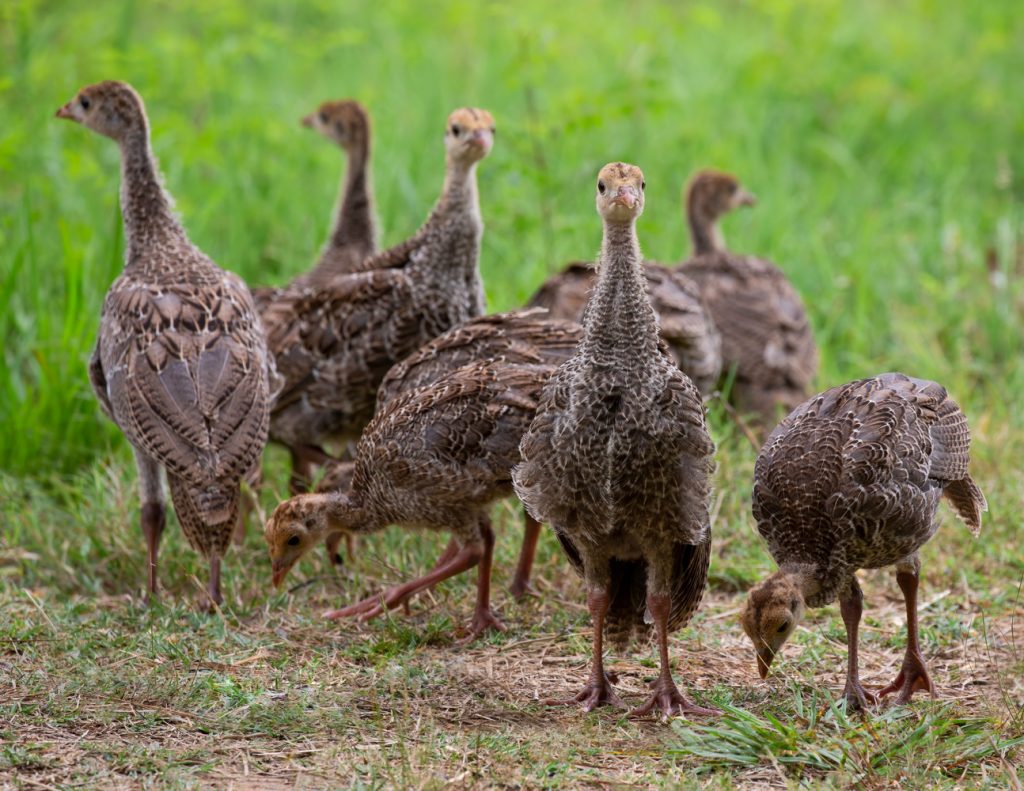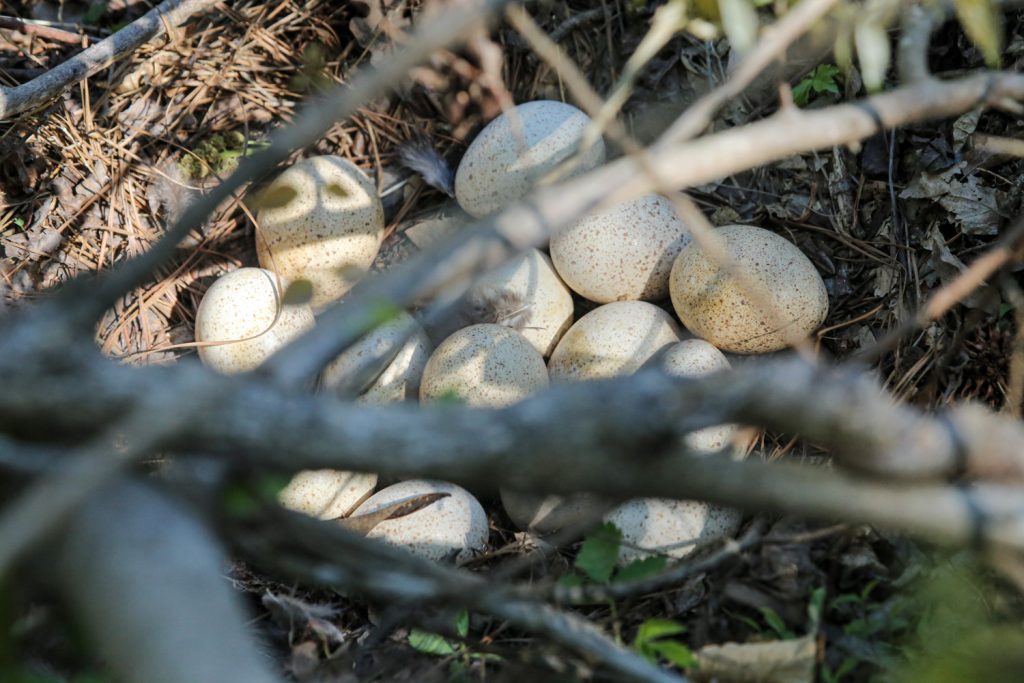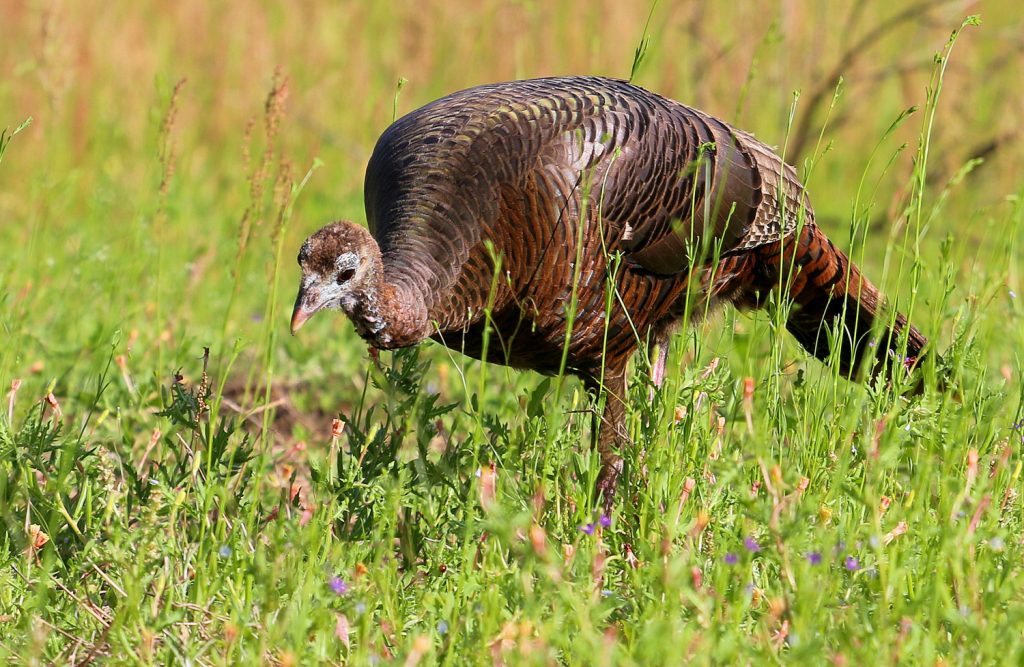How Often Do Turkeys Lay Eggs? Exploring the Egg-Laying Habits of Turkeys
For those curious about raising turkeys, one common question is how often turkeys lay eggs. The egg-laying patterns of turkeys differ in some key ways from the more familiar egg-laying habits of backyard chickens. Read on to learn how many eggs turkeys lay per year, what factors influence their egg production, and how turkey eggs compare to chicken eggs.
Annual Egg Production
On average, turkeys lay around 100-120 eggs per year. This is far less than the 300 eggs per year a chicken lays on average.
There are a few reasons turkeys produce fewer eggs annually
-
Turkeys are seasonal layers, mostly confining egg production to spring and summer rather than year-round
-
Turkeys start laying later, around 7 months of age versus 4-5 months for chickens.
-
Turkeys lay fewer eggs in a clutch and have longer breaks between clutches.
-
Turkey hens incubate eggs longer before relaunching egg laying.
So while turkeys are capable of laying eggs regularly during peak seasons, their total annual output doesn’t match chickens.
Eggs Per Clutch
A turkey hen lays a clutch of 8-15 eggs before going broody. This is smaller than the average chicken’s clutch size of 10-14 eggs.
On farms, turkey hens are often prevented from going broody so more eggs can be collected. But in natural conditions, a broody turkey hen will cease laying to incubate the clutch for 28 days until hatching.
Frequency Between Clutches
After a 4 week incubation period, a turkey hen can lay another clutch. However, there is often a gap of 1-2 weeks between subsequent clutches as the hen recovers and restarts her egg laying cycle.
In comparison, chicken hens have a shorter 21 day incubation period and commonly reload egg laying within 1-2 days of a clutch hatching.
Seasonal Factors in Egg Production
Turkeys are seasonal layers, typically initiating egg production as daylight hours increase in spring. This mirrors their natural reproductive cycle.
Wild turkeys start breeding in March and April as winter ends, with hens laying the bulk of their yearly eggs between March-August. They often taper off egg laying as autumn approaches.
Domestic turkeys follow a similar pattern. While artificial light and temperature control can extend their laying season, peak production is in the warmer months. Hot summer temperatures can temporarily suppress laying.
Egg Size and Uses
Turkey eggs are substantially larger than chicken eggs. A turkey egg can weigh up to 2-3 ounces, over twice the size of a large chicken egg. The eggs have thick shells and dense yolks.
While not as commonly eaten as chicken eggs, turkey eggs can be used identically in cooking and baking. Their rich flavor makes them ideal for omelets, baking, and custards. Their large size means recipes may require fewer turkey eggs than chicken eggs.
Like chicken eggs, turkey eggs can be eaten fresh or preserved by cooling, freezing, drying, or pickling. Storing them short term requires refrigeration below 40°F.
Comparison to Chicken Egg Laying Patterns
To summarize key differences:
-
Chickens start laying younger and live shorter lives than turkey hens.
-
Chickens lay year-round. Turkeys lay seasonally.
-
Chicken clutches are larger (10-14 eggs) than turkey clutches (8-15 eggs).
-
Chickens reload egg laying faster after incubating.
-
Chicken eggs are smaller than turkey eggs.
The bottom line: chicken hens produce significantly more eggs over their lifespan. But the turkey’s large, rich eggs can make a special treat. Understanding how often turkeys lay gives insight into how best to incorporate them into a mixed backyard flock.

Developing Poult Behavior Timeline:
- Day old poults: learn to respond to the hen’s putt or alarm call before leaving the nest and will respond by freezing or running to hide beneath the hen if she sounds the alarm call
- Within hours: Poults learn to peck at food items by mimicking their mother’s behavior
- Day two: poults are performing most of the characteristic feeding, movement and grooming behavior patterns
- Week one: poults are regularly dusting with the hen
- Week two: Poults are able to fly short distances
- Week three: Poults can roost in low trees with the hen, this change also indicates a change of diet from mostly insects to a higher percentage of plant matter
- Past week six: Poults that survive to this age have a much better chance of surviving to adulthood
- 14 weeks: male and female poults are distinguishable by body size and plumage
- By fall, the pecking order of the sibling groups has been established and the young flocks are ready to enter the social organization of the surrounding population
- Body growth of juveniles ends by the beginning of winter

Breeding usually begins in late February or early March in its southernmost habitats, but not until April in northern states. The cycle is complete with the hatching of poults by June or as late as mid-summer farther north. Birds that renest may bring off broods as late as August.
Dominance and Pecking Order
- Turkeys have home ranges, not territories.
- Birds fight for dominance recognizing individuals within the pecking order while sharing overlapping home ranges.
- Males and females have separate hierarchies.
- Stable pecking orders within flocks of the same sex seem to be common to all wild turkeys subspecies.
- Breeding behavior is triggered primarily by the increasing day length in spring and subsequent hormonal response.
- Unusually warm or cold spells may accelerate or slow breeding activity slightly.
- Courtship behavior patterns include gobbling and strutting by the males, this attracts the female.
- The hen crouches to select the gobbler for matting, which signals the male to copulate.

- Hens become secretive while searching for a site to nest prior to laying eggs.
- Nests are shallow depressions formed by scratching, squatting and laying eggs.
- Moderate dense understory is preferred to allow hens a view, but also provide protection.
- Hens lay between 10-12 eggs during a two week period.
- Continuous incubation begins when the last egg is laid.
- The hen will only leave for a short period to feed and may remain on the nest for several consecutive days.
- Eggs will be incubated for 26-28 days. The hen sits quietly and moves about once an hour to turn and reposition the eggs.
- Hatching begins with pipping – the poult rotating within the shell, chipping a complete break around the large end of the egg.
- Hens make soft clucks in response at random to begin to imprint the baby birds.
- Imprinting is a special form of learning which facilitates the rapid social development of the poults into adults.
- Damp poults free themselves but dry fully so they can follow the hen away from the nest within 12-24 hours after hatching.

When to Collect Turkey Eggs, and When to Hatch Them Out
FAQ
What month do turkeys lay eggs?
How many times can a turkey lay eggs in a year?
Do turkeys lay eggs without a male?
Do turkeys sit on their eggs constantly?
